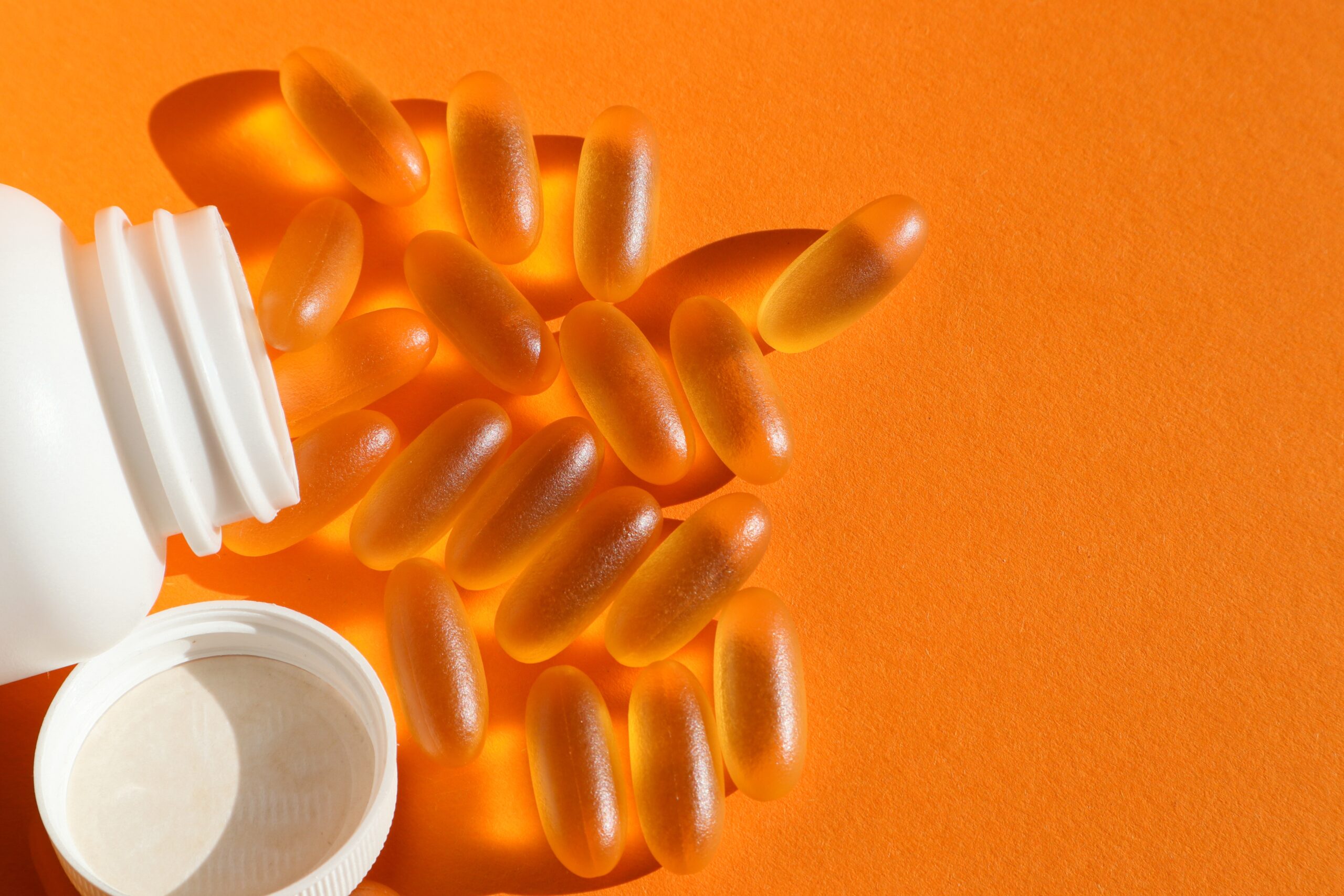25/07/2022
Medical use claims
If you produce a new substance that has a therapeutic effect, it is possible to obtain patent protection in Europe for the substance per se, from ‘traditional’ small molecule drugs, to biologics such as antibodies and cells, and even materials such as tissue scaffolds.
In some respects, pharmaceutical patent provisions in Europe are rather liberal. For example, Rule 27(a) of the European Patent Convention, makes it clear that biotechnological inventions are patentable if they relate to “biological material which is isolated from its natural environment or produced by means of a technical process even if it previously occurred in nature“. This position is at odds with the US, where following the Myriad decision almost 10 years ago, a substance must be significantly different from what occurs in nature. Merely isolating biological material is not enough.
In other respects, Europe is more restrictive than elsewhere. Unlike in the US, for instance, It is not possible to protect methods for the treatment of the human or animal body by surgery or therapy and diagnostic methods practised on the human or animal body (Art. 53 EPC). However, this provision does not apply to products, in particular substances or compositions, for use in any of these methods (Art. 53 EPC). So, it is possible to protect the use of a known substance or composition in therapy surgery or diagnosis, provided that the substance or composition has not previously been used in any type of therapy, surgery or diagnosis (Art. 54(4) EPC; “first medical use”). It is also possible to protect a new use for a known substance or composition if the substance or composition has not previously been used for that specific purpose, even if it has been used for other medical uses (Art. 54(5) EPC; “second medical use”).
Although “substance or composition” is not defined in the European Patent Convention, the exclusion is clear in most circumstances, such as when dealing with ‘mechanical’ medical devices. If you found that an existing medical device, such as a catheter, could be used for a completely unintended purpose, such as treating genitourinary diseases, you could not argue that this was a substance or composition.
But what about the following second medical use claim?
A biocompatible, biodegradable filler material for injection and for use in radiation treatment whereby the filler is injected to a space between a first tissue of a body and a second tissue, and whereby the first tissue is treated by radiation whereby the filler within the space reduces passage of radiation into the second tissue.
At first glance the biocompatible, biodegradable filler material (which could be collagen), would seem to be a substance or composition, and its use would seem to be in a therapeutic method. So, it’s a valid second medical use claim, right?
Wrong.
In T 1758/15, which considered this very second medical use claim, the EPO Board of Appeal held that the filler material was a medical device and so was incapable of second medical use protection. By referring to G 5/83 and T 2003/08, the board held that “substance or composition” in the context of a second medical use should be interpreted in a narrow sense, as being the “active agent or ingredient” of the particular medical use. In the context of the second medical use claim of T 1758/15, the filler material was passive. The effect of the use of the filler was ascribed to the physical displacement of the sensitive tissue. The filler material did not have a relevant radiation-reducing effect on the tissue which can be ascribed to its chemical properties. If the material itself had some intrinsic radiation-shielding effect, rather than just physical displacement of the sensitive tissue, the outcome may well have been different.
The Board of Appeal reached a similar conclusion in T 0773/10 in which a dialysis membrane for the treatment of multiple myeloma was found to not fall within the meaning of a “substance or composition” in the context of a second medical use.
In T 0773/10, the Board contrasted the facts with those of T 2003/08 , in which a claim was allowed which was directed to a new use of a column for an extracorporeal treatment. In that decision it was not the column as such which was regarded as the “substance or composition”, rather the column contained a ligand constituting the “active” ingredient responsible for the “therapeutic effect”. The fact that the column with the bound ligand was “consumed” appeared to be an influential factor in the decision of T 2003/08. With reference to T 227/91, a characteristic of a medicament over a medical device was that it was consumed during the application in the sense that its original nature was changed so that it was irrevocably non-existent after administration and could not be put back into its original state by cleaning or regeneration, like for example a surgical instrument.
There may be other examples where, on the face of it, the eligibility of a substance for second medical use protection is unclear. Take a tissue scaffold that is manufactured from a combination of natural proteins such as collagen, fibrin and elastin. The scaffold may be administered to a wound and greatly assist tissue regeneration or reconstruction. The scaffold may provide physical effects in the wound, such as providing a framework for endogenous regenerative cells. The scaffold may also provide chemical effects, such as interacting with receptors on stem cells, and stimulating their differentiation. Based on the existing case law, it seems that whether or not the scaffold is eligible for second medical use protection is likely to depend on the specific facts, particularly its mode of action. If there is a substantial chemical effect provided by the scaffold, there is a good argument that it should be eligible for second medical use protection. This argument may be strengthened if the scaffold is bioresorbable (and thus consumed).
As a side point, many have argued that regardless of whether one has a clear medical device (e.g. a catheter) or clear pharmaceutical substance (e.g. a small molecule drug), second medical use protection should apply equally, to provide the same repurposing incentive. Protection of new uses of medical devices is possible in the US, for example, where one can pursue method of treatment claims for novel methods of treatment which involve known medical devices.
Supplementary Protection Certificates
The question of what is and what is not a medical device is also a key consideration in other areas of intellectual property law, having major implications on exclusivity periods, particularly exclusivity afforded by a Supplementary Protection Certificate (SPC).
In Europe, a marketing authorisation (MA) can be obtained through the Medicinal Products Directive (2001/83/EC) for:
“Any substance or combination of substances presented as having properties for treating or preventing disease in human beings”; or
“Any substance or combination of substances which may be used in or administered to human beings either with a view to restoring, correcting or modifying physiological functions by exerting a pharmacological, immunological or metabolic action, or to making a medical diagnosis.”
Alternatively, an MA can be obtained through the Medical Device Regulation (2017/746; which replaced the Medical Devices Directive 93/42/EEC), to achieve a CE mark for:
“… any instrument, apparatus, appliance, software, material or other article, whether used alone or in combination, including the software intended by its manufacturer to be used specifically for diagnostic and/or therapeutic purposes and necessary for its proper application, intended by the manufacturer to be used for human beings for the purpose of:
- diagnosis, prevention, monitoring, treatment or alleviation of disease,
- diagnosis, monitoring, treatment, alleviation of or compensation for an injury or handicap,
- investigation, replacement or modification of the anatomy or of a physiological process,
- control of conception, and which does not achieve its principal intended action in or on the human body by pharmacological, immunological or metabolic means, but which may be assisted in its function by such means”
Crucially, the Medical Device Regulation also provides the following provisions (emphasis added):
“ Where a device is intended to administer a medicinal product within the meaning of Article 1 of Directive [2001/83], that device shall be governed by this Directive, without prejudice to the provisions of Directive [2001/83] with regard to the medicinal product.
If, however, such a device is placed on the market in such a way that the device and the medicinal product form a single integral product which is intended exclusively for use in the given combination and which is not reusable, that single product shall be governed by Directive [2001/83]. The relevant essential requirements of Annex I to this Directive shall apply as far as safety and performance-related device features are concerned.”
“Where a device incorporates, as an integral part, a substance which, if used separately, may be considered to be a medicinal product within the meaning of Article 1 of Directive [2001/83] and which is liable to act upon the body with action ancillary to that of the device, that device shall be assessed and authorized in accordance with this Directive.’”
Article 2 of the SPC Regulation (469/2009) is as follows (emphasis added):
“Any product protected by a patent in the territory of a Member State and subject, prior to being placed on the market as a medicinal product, to an administrative authorisation procedure as laid down in Directive 2001/83/EC of the European Parliament and of the Council of 6 November 2001 on the Community code relating to medicinal products for human use or Directive 2001/82/EC of the European Parliament and of the Council of 6 November 2001 on the Community code relating to veterinary medicinal products may, under the terms and conditions provided for in this Regulation, be the subject of a certificate.”
The underlying purpose of SPCs is to provide compensation for the loss of effective patent term because of the need to undertake lengthy clinical trials to achieve an MA. Obtaining an authorisation through the Medicinal Products Directive is more onerous than through the Medical Devices Regulation, and this is reflected in literal reading of Article 2 of the SPC Regulation which requires authorisation through the Medicinal Products Directive.
However, medical devices which include drugs as an integral part (drug-device combinations) require a more stringent approval process to achieve a CE mark compared to medical devices without integral drugs. In light of this, some considered that a CE certification for a drug-device combination should be equivalent to an MA in accordance with the Medicinal Products Directive.
However, the Court of Justice of the European Union (CJEU) in C-527/17 (Boston Scientific Ltd) confirmed that such a CE certification for a drug-device combination was not equivalent to an MA for a drug per se in accordance with the Medicinal Products Directive.
In this caseBoston Scientific applied for an SPC for paclitaxel (an antiproliferative drug previously used in chemotherapy) on the basis of a CE certification for a paclitaxel-eluting stent. Despite the paclitaxel-eluting stent being approved as a medical device (with a CE mark), Boston Scientific had obtained a patent with a second medical use claim directed towards the anti-proliferative drug paclitaxel for the prevention of restenosis (i.e. the subsequent narrowing of an artery after it had been widened with a stent).
Nevertheless, the CJEU held that if the active ingredient contained in a medical device provides an ancillary effect secondary to the device itself, the predominant effect of which does not correspond to that of a medicinal product within the meaning of the Medicinal Products Directive, then the effect of this active ingredient cannot be categorised independently from the device, even if the active ingredient could be classified as a medicinal product it were used separately from the stent.
This article is for general information only. Its content is not a statement of the law on any subject and does not constitute advice. Please contact Reddie & Grose LLP for advice before taking any action in reliance on it.



